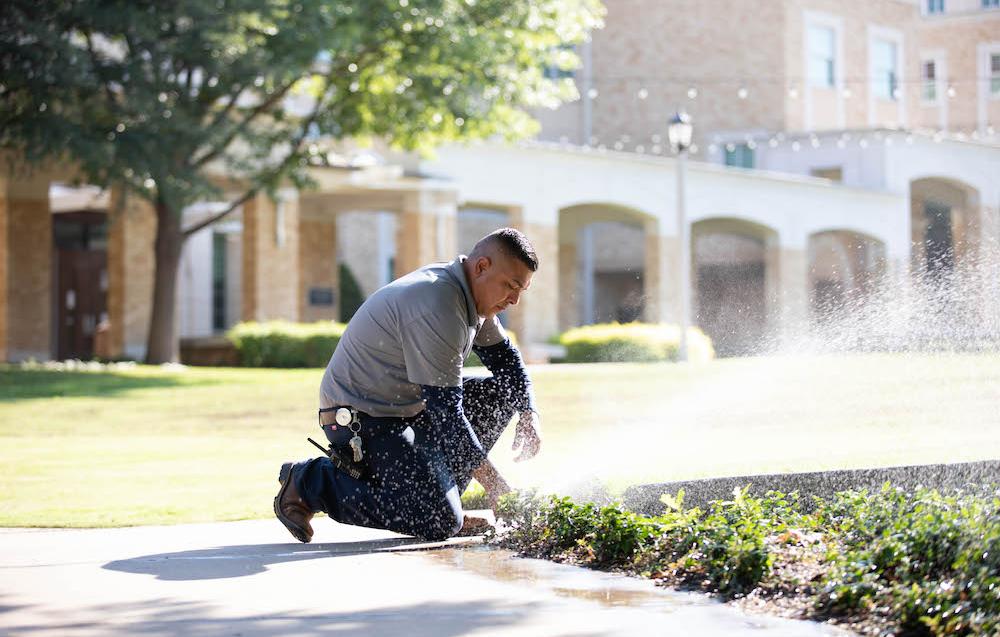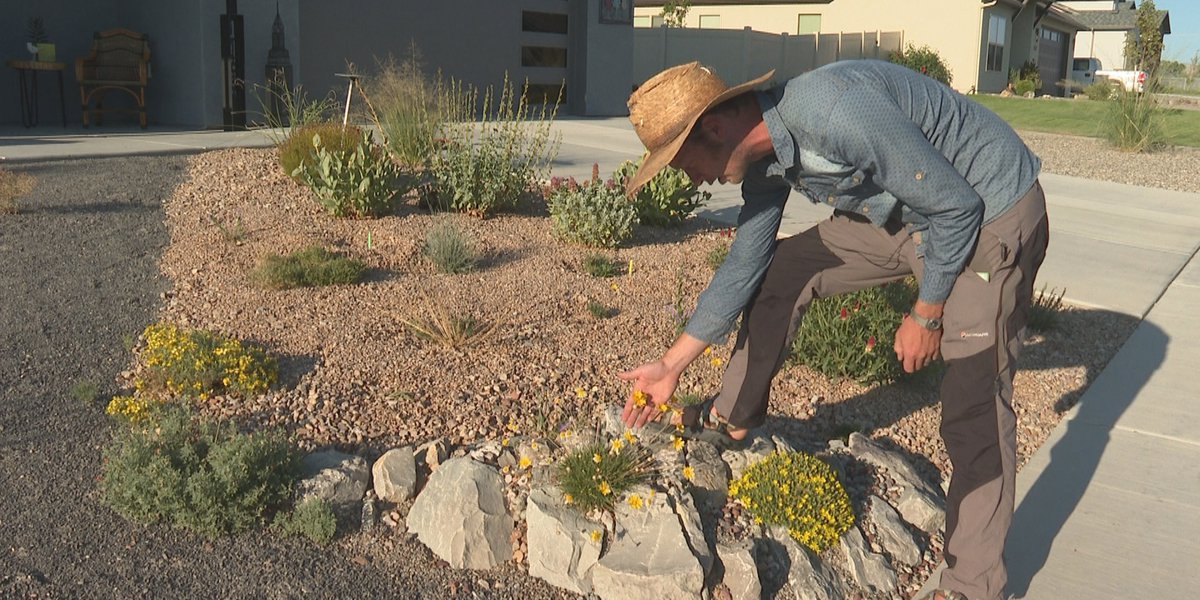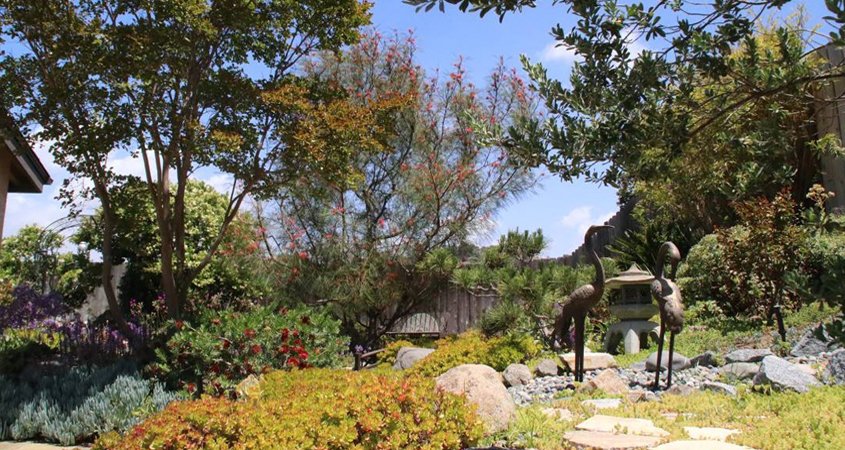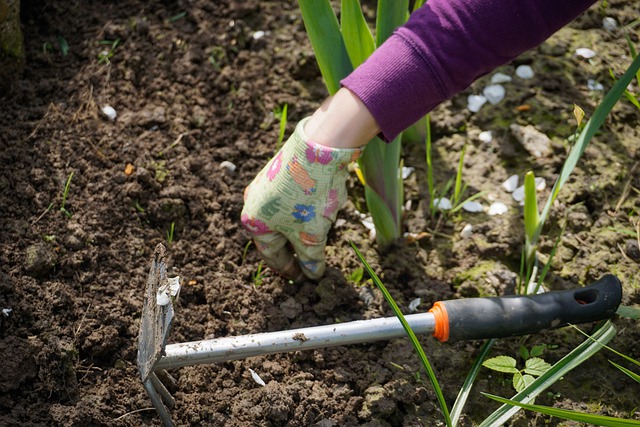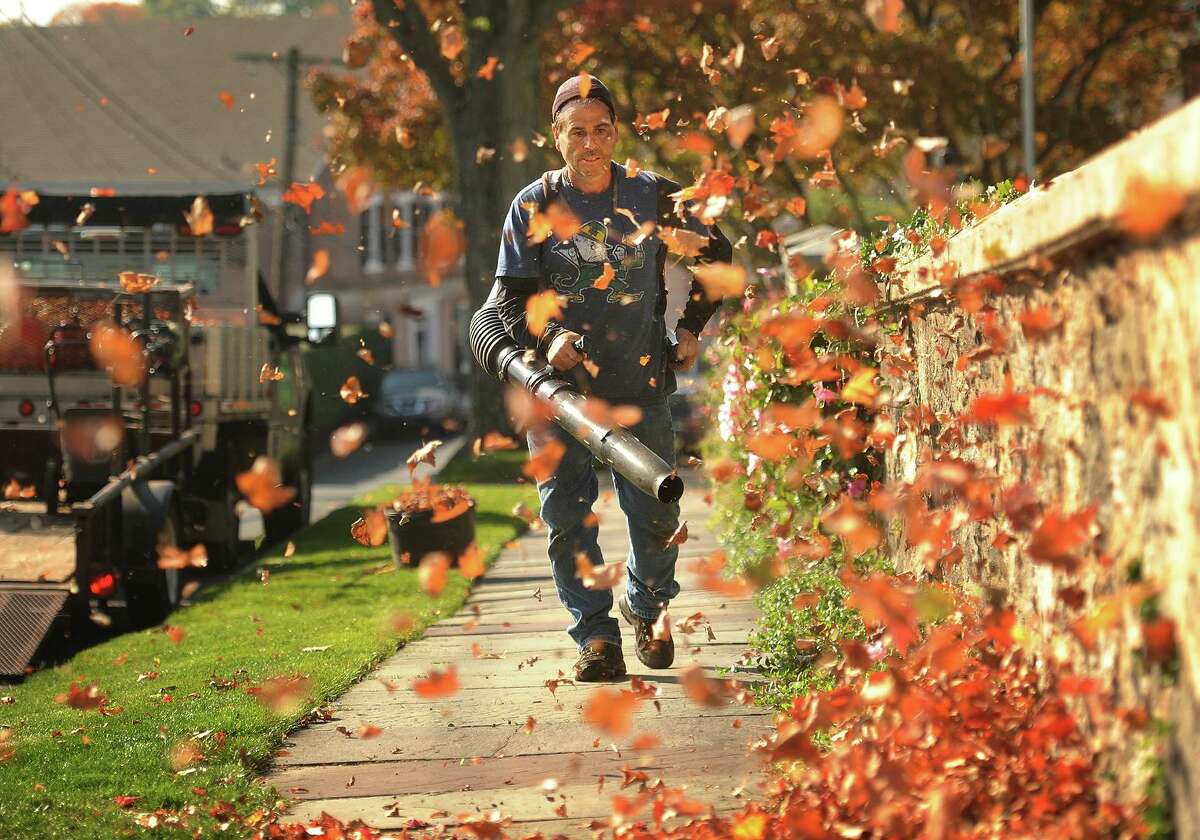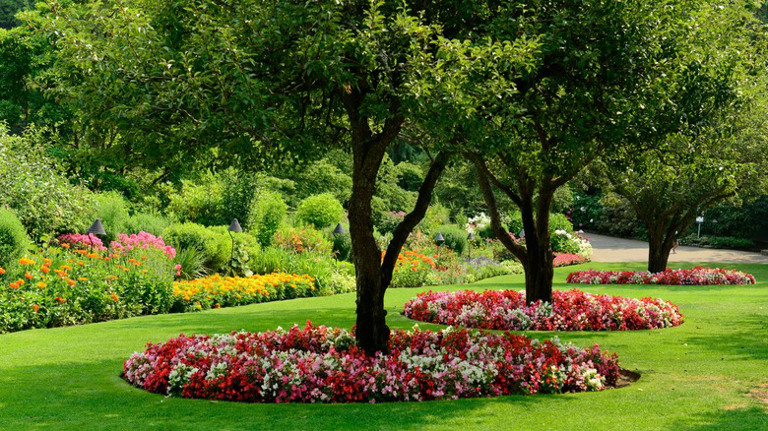In recent years, there has been a growing recognition of the healing power of nature in promoting mental and physical well-being. As a result, landscape design has evolved to incorporate this understanding, creating spaces that foster a sense of tranquility and restoration. Thoughtful landscape design goes beyond aesthetics; it aims to create environments that promote the healing process.
One way landscape designers achieve this is by incorporating elements of the natural environment into their designs. From lush greenery to cascading water features, these elements mimic the serenity of nature and help individuals feel connected to the outside world. Additionally, color psychology is taken into consideration, utilizing soothing hues that evoke a sense of calmness and relaxation.
Furthermore, the strategic placement of seating areas encourages people to engage with nature and take advantage of its healing benefits. Whether it’s a comfortable bench nestled in a garden or a swinging hammock under the shade of a tree, these spaces provide an opportunity to unwind, reflect, and rejuvenate.
Not only does such landscape design provide a sense of respite, but it also invites people to engage in mindful practices such as meditation and yoga. Outdoor spaces designed for these activities provide a serene backdrop that enhances the overall experience, making it easier to focus and find inner peace.
In a world that is becoming increasingly disconnected from nature, creating landscapes that promote healing is a crucial step towards restoring balance. By thoughtfully designing outdoor spaces that mimic the restorative power of nature, we can harness its healing benefits and promote overall well-being for individuals and communities alike. So, next time you step into a beautifully designed garden or park, take a moment to appreciate the healing power of nature and the wisdom behind the landscape design.
Contact RCH Landscaping Today for a Free Estimate

